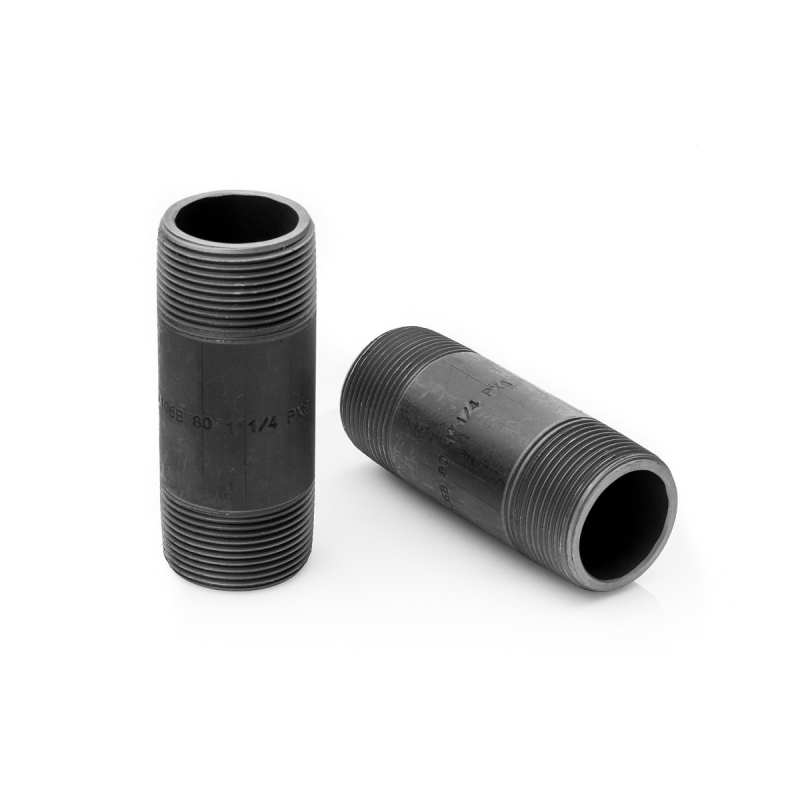-
Cangzhou Yulong Steel Co., Ltd.
-
Phone:
+86 13303177267 -
Email:
admin@ylsteelfittings.com
- English
- Arabic
- Italian
- Spanish
- Portuguese
- German
- kazakh
- Persian
- Greek
- French
- Russian
- Polish
- Thai
- Indonesian
- Vietnamese
- Zulu
- Korean
- Uzbek
- Hindi
- Serbian
- Malay
- Ukrainian
- Gujarati
- Haitian Creole
- hausa
- hawaiian
- Hebrew
- Miao
- Hungarian
- Icelandic
- igbo
- irish
- Japanese
- Javanese
- Kannada
- Khmer
- Rwandese
- Afrikaans
- Albanian
- Amharic
- Armenian
- Azerbaijani
- Basque
- Belarusian
- Bengali
- Bosnian
- Bulgarian
- Catalan
- Cebuano
- China
- China (Taiwan)
- Corsican
- Croatian
- Czech
- Danish
- Esperanto
- Estonian
- Finnish
- Frisian
- Galician
- Georgian
- Kurdish
- Kyrgyz
- Lao
- Latin
- Latvian
- Lithuanian
- Luxembourgish
- Macedonian
- Malgashi
- Malayalam
- Maltese
- Maori
- Marathi
- Mongolian
- Myanmar
- Nepali
- Norwegian
- Norwegian
- Occitan
- Pashto
- Dutch
- Punjabi
- Romanian
- Samoan
- Scottish Gaelic
- Sesotho
- Shona
- Sindhi
- Sinhala
- Slovak
- Slovenian
- Somali
- Sundanese
- Swahili
- Swedish
- Tagalog
- Tajik
- Tamil
- Tatar
- Telugu
- Turkish
- Turkmen
- Urdu
- Uighur
- Welsh
- Bantu
- Yiddish
- Yoruba

Sep . 23, 2024 00:36 Back to list
seamless steel pipe sizes
Understanding Seamless Steel Pipe Sizes
Seamless steel pipes play a crucial role in various industries due to their strength, durability, and resistance to high pressures. These pipes are manufactured without any seams or welds, which makes them ideal for transporting fluids and gases. Understanding the sizes of seamless steel pipes is essential not only for engineering applications but also for ensuring safety and efficiency in construction and infrastructure projects.
Seamless steel pipes come in a variety of sizes, which are standardized through various international and national standards. The most commonly used standards include the American National Standards Institute (ANSI), the American Society for Testing and Materials (ASTM), and the International Organization for Standardization (ISO). Each of these standards defines the dimensions, tolerances, and other specifications necessary for seamless steel pipes.
The size of a seamless steel pipe is typically categorized by its outer diameter (OD) and wall thickness. The nominal pipe size (NPS) is used to represent the diameter of the pipes in inches, while the wall thickness is quantified in terms of schedule numbers (such as Schedule 40 or Schedule 80). The schedule number indicates the thickness of the pipe wall; the higher the number, the thicker the wall, which equates to higher pressure ratings.
A seamless steel pipe’s outer diameter is a critical factor as it influences the pipe’s ability to handle pressure and flow. Typically, seamless steel pipes range from a small diameter of 1/8 inch up to large diameters of 24 inches or more, depending on the application requirements. In industrial settings, sizes can exceed these average measurements, with pipes designed for specific engineering needs.
seamless steel pipe sizes

Additionally, the pipe's wall thickness is essential for determining the pipe's strength and performance in high-pressure environments. A combination of outer diameter and wall thickness is critical for calculating pressure ratings using formulas established in engineering codes and standards.
When selecting seamless steel pipes, engineers must also consider other factors such as the type of steel used, which can influence corrosion resistance and mechanical properties. Common materials include carbon steel, stainless steel, and alloy steel, each offering distinct advantages for various applications.
Another consideration in the selection of seamless steel pipe sizes is the intended use of the pipe. Different industries may have specific requirements, such as chemical processing, oil and gas, or construction. For example, oil and gas pipelines may require larger diameters with thicker walls to withstand extreme pressures, whereas smaller piping is suitable for residential water supply systems.
In conclusion, understanding seamless steel pipe sizes is crucial for ensuring the safety and efficiency of various industrial applications. By familiarizing oneself with the standards, dimensions, and specifications of these pipes, engineers and project managers can make informed decisions that adhere to regulatory requirements and best practices. The key is to select the appropriate size and material to meet the demands of each unique project efficiently.
Latest news
-
ANSI 150P SS304 SO FLANGE
NewsFeb.14,2025
-
ASTM A333GR6 STEEL PIPE
NewsJan.20,2025
-
ANSI B16.5 WELDING NECK FLANGE
NewsJan.15,2026
-
ANSI B16.5 SLIP-ON FLANGE
NewsApr.19,2024
-
SABS 1123 FLANGE
NewsJan.15,2025
-
DIN86044 PLATE FLANGE
NewsApr.19,2024
-
DIN2527 BLIND FLANGE
NewsApr.12,2024
-
JIS B2311 Butt-Welding Fittings LR/SR 45°/90° /180°Seamless/Weld
NewsApr.23,2024











